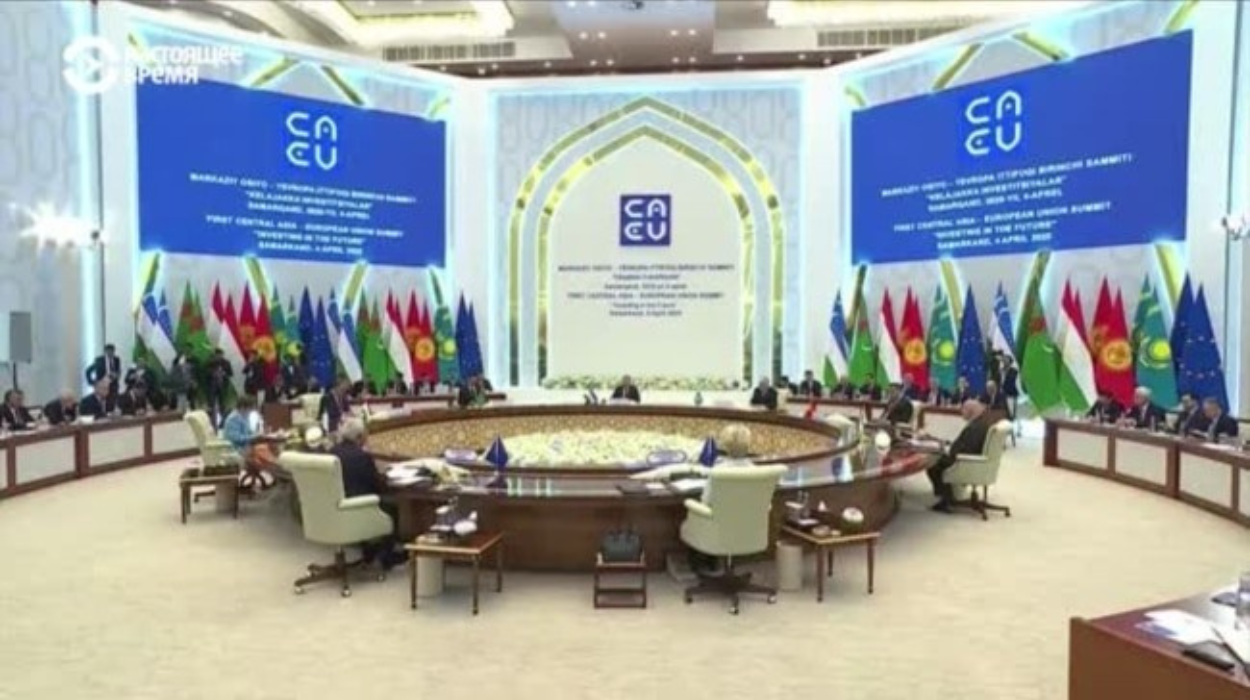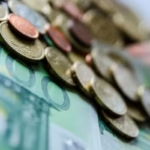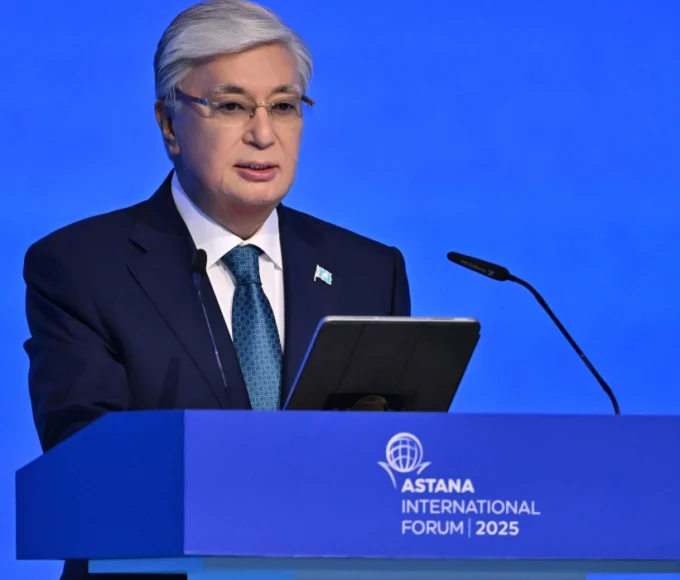After years of tentative diplomacy and fragmented talks with individual countries, the European Union has taken a bold step toward establishing a strategic partnership with the entire Central Asian region. This move was formalized during the first-ever “EU–Central Asia Summit,” held on April 3–4 in Samarkand, Uzbekistan — a symbolic venue that once stood at the heart of the ancient Silk Road.
The summit brought together leaders from the five Central Asian republics — Kazakhstan, Uzbekistan, Kyrgyzstan, Tajikistan, and Turkmenistan — and European Union representatives to discuss future cooperation in trade, infrastructure, and resource development. With mounting geopolitical shifts, Central Asia has become a strategic crossroads between East and West, and Brussels is eager to ensure it plays a larger role in shaping the region’s direction.
A Clear Response to the Belt and Road
The EU’s proposal hinges on the long-discussed “Global Gateway” initiative — a plan meant to rival China’s sprawling Belt and Road Initiative (BRI). The Global Gateway aims to strengthen infrastructure, digital technology, and energy corridors through sustainable, transparent investment. Central to the EU’s pitch is the Trans-Caspian or “Middle Corridor”—a” transport route that connects China to Europe via Central Asia and the Caspian Sea, deliberately bypassing both Russia and Iran.
By asserting itself in the region, the EU hopes to prevent Russia — embroiled in its war in Ukraine — from reclaiming influence in its former Soviet periphery while also slowing China’s deepening economic dominance.
Read Also: French Foreign Minister’s Visit to China Focuses on Ukraine and Trade Disputes
Water, Rare Earths, and Digital Access: Key Investment Frontiers
Central Asia holds vast but underdeveloped resources — particularly in rare earth elements and energy — that are essential to the global green transition. Access to water and digital connectivity also remains a critical concern, with many local populations still excluded from meaningful participation in global markets. The EU hopes its offer of investment will not only bolster infrastructure but also win political goodwill in a region traditionally wary of Western intentions.
However, analysts remain cautious. Timur Umarov of the Carnegie Center in Berlin noted that while Central Asian governments are open to stronger EU engagement, they remain skeptical of Europe’s financial commitment. “The leaders in these states are still waiting to see real money on the table,” Umarov said, underlining the necessity for Brussels to match its promises with tangible action.
Competition and Cooperation in a Multipolar Region
Despite long-standing historical ties to Moscow, the Central Asian states have increasingly sought to diversify their foreign relations. Diplomatic engagements with Brussels, Berlin, and Paris have surged, but they’re not alone — Turkey, the UAE, and other Middle Eastern countries are also becoming prominent players in the region. Still, China remains the dominant economic force. Trade between Beijing and Central Asia reached nearly $100 billion in 2024, and President Xi Jinping hosted his own Central Asia summit last year.
Recognizing this, the EU has responded with a series of memoranda of understanding and investment pledges. These include major financial packages to develop alternative energy sources, crucial for Europe’s own energy independence following the reduction of Russian imports.
Can Europe Deliver?
Though ambitious, the Global Gateway has so far been more rhetoric than reality. Experts warn that unless Brussels turns pledges into projects, its credibility will falter. The Samarkand summit may mark a turning point, as both sides seek a practical path forward. For Central Asia, the prospect of diversified partnerships means greater autonomy. For the EU, the region represents a strategic investment in stability, energy, and influence.
As the dust settles from Samarkand, the world will be watching to see whether Europe’s “gateway” opens for real — or remains a vision on paper.
This article is originally published on asianews.it







